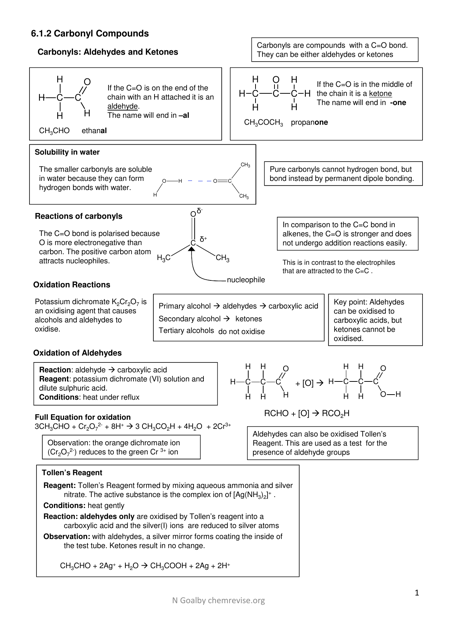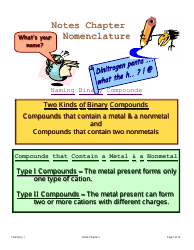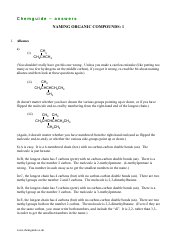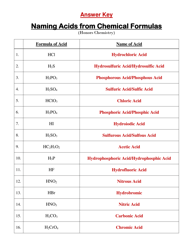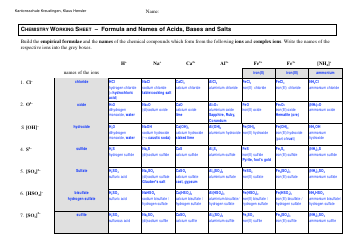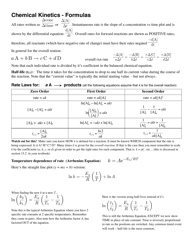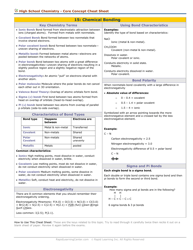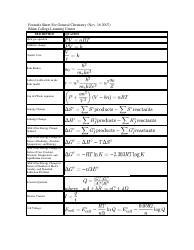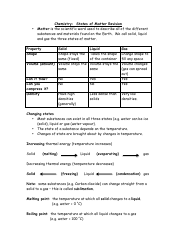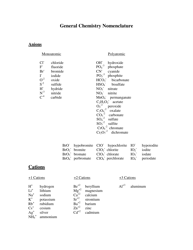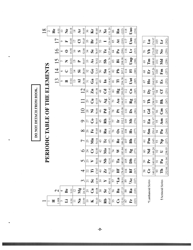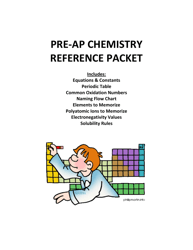Chemistry Cheat Sheet - Carbonyl Compounds
The Chemistry Cheat Sheet - Carbonyl Compounds is a resource to help students understand and remember key concepts related to carbonyl compounds in chemistry. It provides a summary of important information and equations that are often utilized in studying this topic.
The Chemistry Cheat Sheet - Carbonyl Compounds can be filed by students, teachers, or anyone studying or teaching chemistry.
FAQ
Q: What are carbonyl compounds?
A: Carbonyl compounds are organic compounds that contain a carbonyl group, which is a carbon atom double bonded to an oxygen atom.
Q: What are some examples of carbonyl compounds?
A: Some examples of carbonyl compounds include aldehydes, ketones, carboxylic acids, esters, and amides.
Q: What is the functional group in carbonyl compounds?
A: The carbonyl group (C=O) is the functional group in carbonyl compounds.
Q: What is the difference between aldehydes and ketones?
A: Aldehydes have a carbonyl group at the end of a carbon chain, whereas ketones have a carbonyl group in the middle of a carbon chain.
Q: What is the common name for the simplest aldehyde?
A: The common name for the simplest aldehyde is formaldehyde.
Q: What is the common name for the simplest ketone?
A: The common name for the simplest ketone is acetone.
Q: What is the IUPAC name for the simplest aldehyde?
A: The IUPAC name for the simplest aldehyde is methanal.
Q: What are some uses of carbonyl compounds?
A: Carbonyl compounds are used as solvents, flavor and fragrance components, and in the synthesis of pharmaceuticals and other organic compounds.
